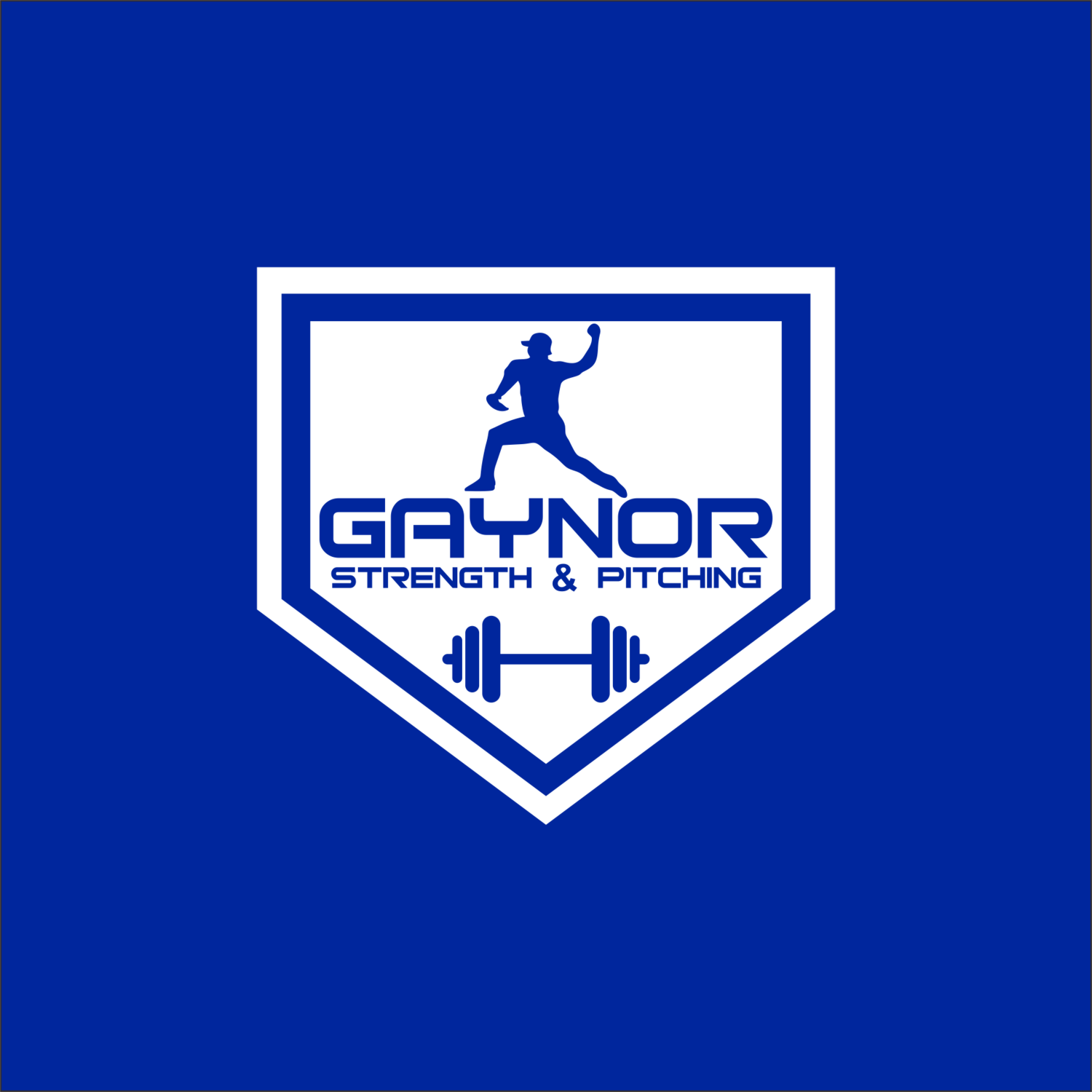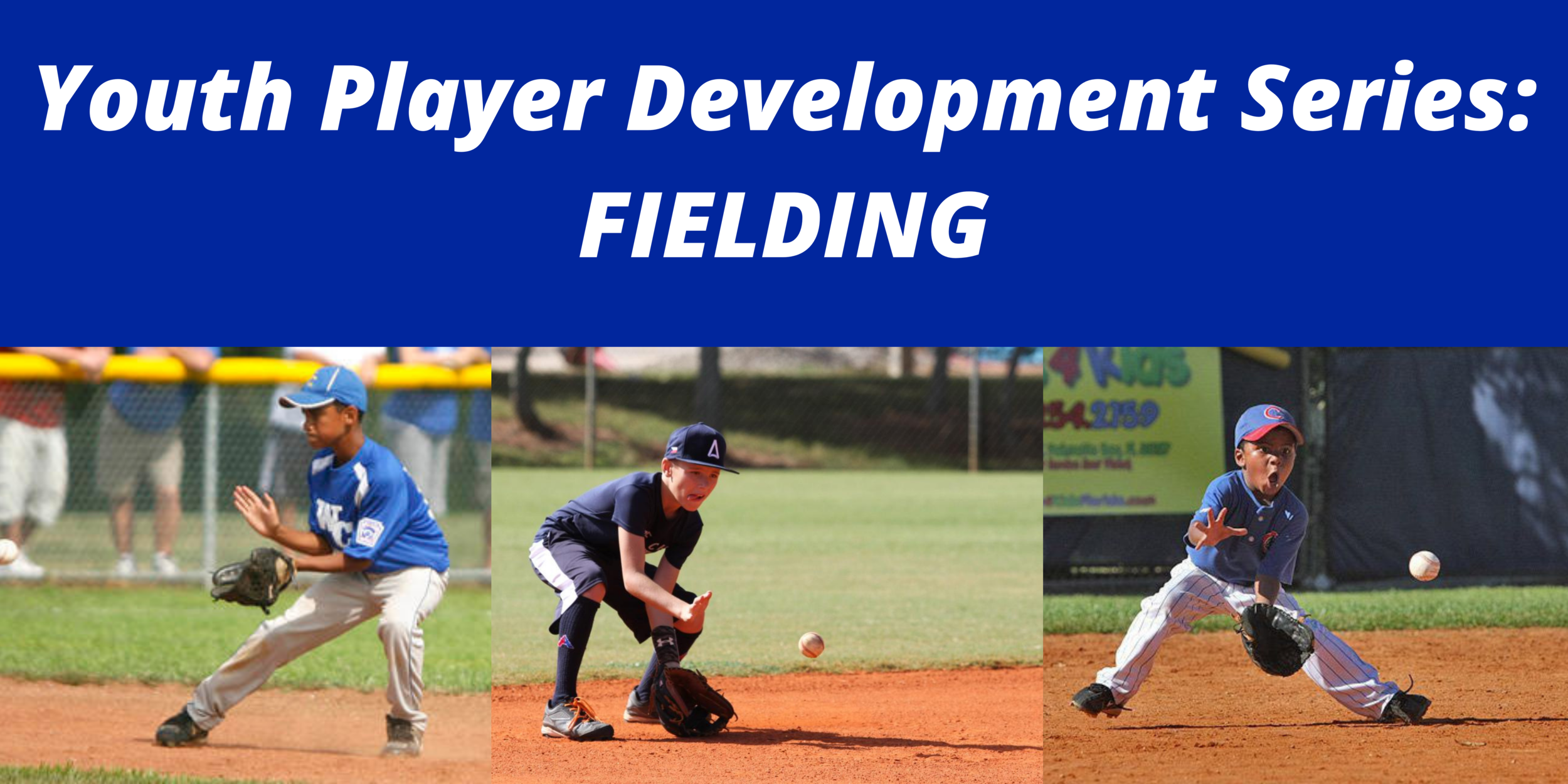For just about all professional baseball players the off-season has begun, with the exception of Big Leaguers. It has been a long season that has lasted between 4-6 months and many players are wondering when should I begin my training? How much time off do I need and how much is too much? In the article I want to discuss the progressions each player should make throughout the off-season in order to set themselves up for success next season.
Professional Off-Season
The off-season for a professional baseball player runs from roughly the middle of September-February or through April if you are an independent player. This is a good amount of time that a player can really benefit from whether it is to put on size, gain velocity, or rehab an injury. The first thing I want to touch on is how long should you wait before you begin training?
Due to the wear and tear of a long season a few things happen to a player. A few things that happen by the end of a long season is a player will lose range of motion in their throwing arm and hips, lose weight, lose strength, and have overall body fatigue. The first thing your training program should accomplish is bringing back your energy and mobility. Players need a little bit of time off, but they don't need as much time off as you might think. I would never recommend a player takes off a month doing absolutely nothing. You can start working on your mobility, flexibility, and recovery almost immediately. I suggest players take off 5-7 days purely to take their mind off of the game for a little bit because playing everyday for 6 months is extremely exhausting, both physically and mentally. This time off provides a chance for the player to do something other then baseball and to get rejuvenation.
Beginning of the Off-Season
Below is an example of what a players first couple weeks might look like after a season leading into their testing and assessment.
Sunday- Last Game
Monday-Thursday- Take Time Off
Friday- Light Mobility Work (30 Minutes)
Saturday- Light Mobility Work (30 Minutes)
Sunday- Off
Monday- Mobility/Body Weight Work (30-40 Minutes)
Tuesday- Off
Wednesday- Total Body General Strength Work
Thursday- Off
Friday- Total Body General Strength Work
Saturday- Light Mobility Work (20 Minutes)
Sunday- Off
Monday- Total Body General Strength Work
Tuesday- Light Mobility Work (20 Minutes)
Wednesday- Total Body General Strength Work
Thursday- Off
Friday- Testing and Assessment
Saturday- Testing and Assessment
Sunday- Off
Monday- Day 1 of Program
As you can see it starts off by easing you back into the weight room by having you work on restoring your range of motion and mobility. After a week or so of that you ease into general strength exercises to get you ready for your testing. If you were to do your testing and assessment right away without doing any prior work it would be misleading as to where your strength and speed levels are at. After a couple weeks of this you should be ready to test and based on your testing is how you design your program.
Testing and Assessing
Listed Below are some of the testing protocols I like to perform.
Range of Motion in Shoulder Internal Rotation, External Rotation, and Total Flexion
Range of Motion in Hip Internal and External Rotation
Overhead Body Weight Squat and Overhead Walking Lunge
Vertical Jump
Broad Jump
Lateral Jump
10 Yard Sprint
60 Yard Sprint
5-10-5 Shuttle
1RM Squat
3RM Pull Ups
These are examples of what I might use depending on the client. We always want to check flexibility and mobility, speed/quickness, explosiveness, and strength. You can use these above depending on what you are trying to accomplish.
Programming
Based on the assessment you should have a good idea if you need to work on speed and explosiveness, maximal strength, or both. The early off-season should be focusing more on general strength and speed exercises and progress to more baseball specific as it gets closer to the season. You are coming off of a season where you were being as baseball specific as possible, playing baseball. We now need to shift our focus to working on our inefficiencies and working towards gaining strength and speed. Below you can watch a video by Eric Cressey explaining the absolute strength to absolute speed continuum.
This is a great video for explaining how your off-season should begin with general strength and progress to more sport specific training.
Assessment Part 2
It is always good to continue to track your progress and to see how you are doing in the areas you are trying to improve. After about 12 weeks you should reassess to see how you are doing. This is plenty of time to see if you are making gains and improvements and if not then it is time to make adjustments. You don't necessarily need to do the whole assessment over again, but include some of them into your program during week 12.
Late Off-Season
The late off-season is roughly from January-February or March-April if you are an independent baseball player. This is the time where you will get more baseball specific doing a heavier dose of power exercises (light weight, moving quickly), rotational movements, etc.
In Conclusion
The off-season is a very important time as this is where you truly make your gains and either set yourself up for a great season or a poor season. It should not be taken lightly if you want to get the most out of your talent. This gives you an idea of how to start planning your off-season and how to reach your goals. I hope this was helpful and if you have any questions, please comment or email me at info@gaynorstrenth-pitching.com
- Jared













Have you ever noticed that you throw almost the same speed at 80-90% effort as you do at…